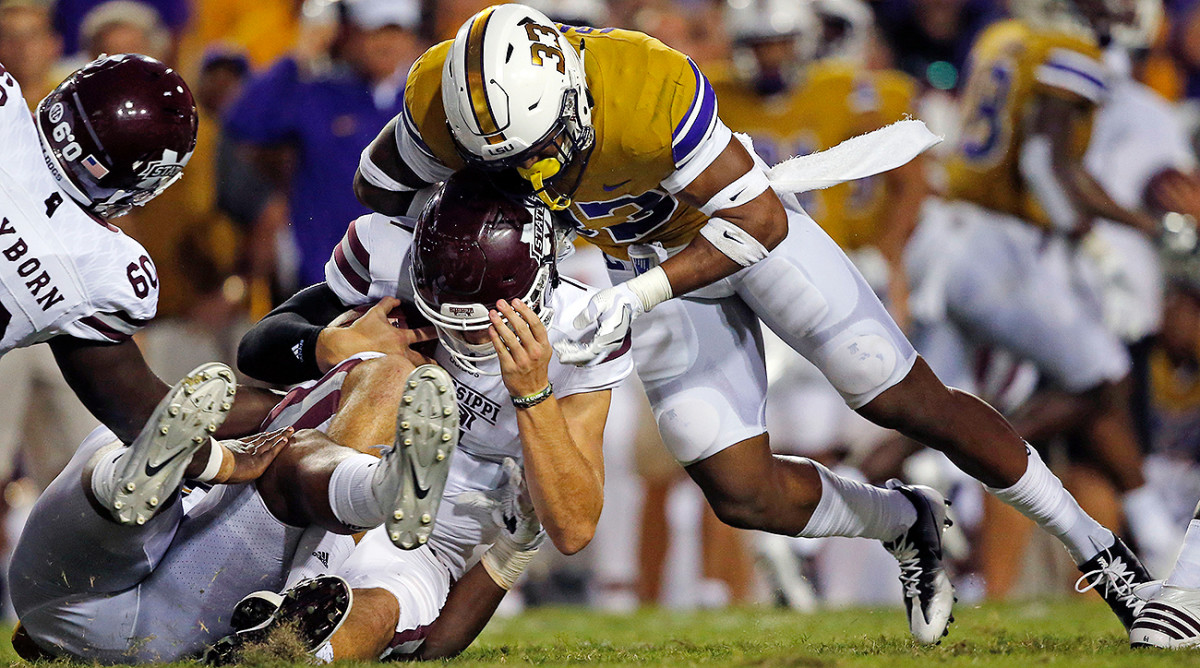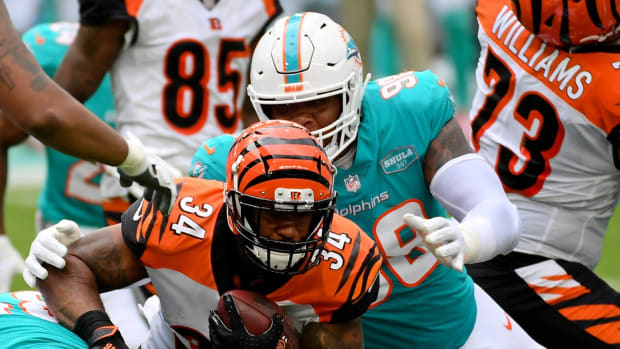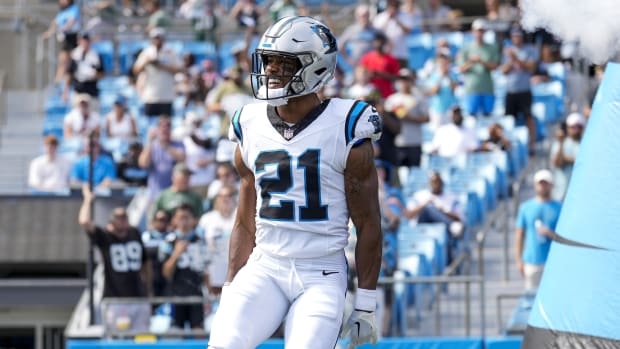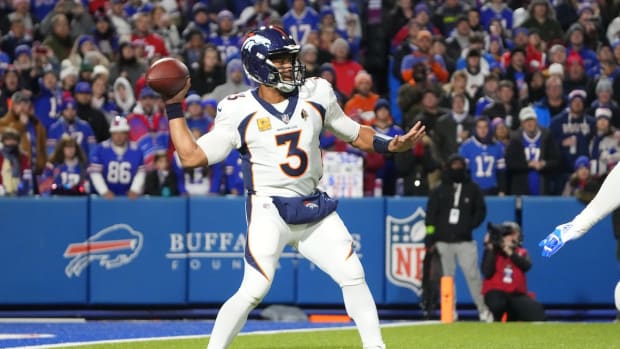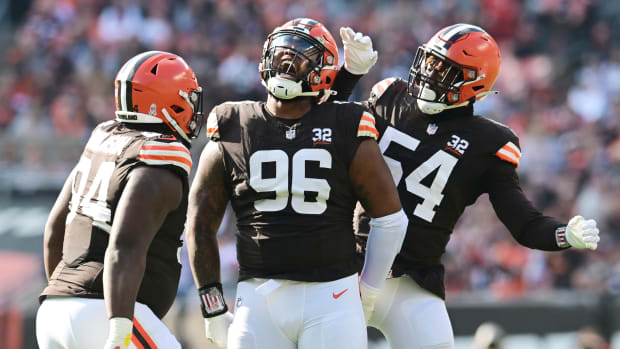2017 NFL draft prospect countdown, No. 3: Jamal Adams, S, LSU
What you need to know: Adams comes from a football pedigree—his dad, George Adams, was a star running back at Kentucky and a first-round pick of the Giants in the 1985 draft. The younger Adams should best his father’s draft spot (No. 19 overall). Jamal was a first-team All-SEC and second-team All-America this past season, as he notched 76 tackles and 7.5 tackles for loss. He picked off five passes during this three years at LSU, four of those INTs coming during his sophomore season of 2015. Adams also had 209 tackles and 17.5 tackles for loss for his career. He earned playing time for Les Miles and the Tigers as a true freshman, starting a pair of games in ’14. He then would start every contest of both the ’15 and ’16 campaigns.
Strengths: Adams (6' 0", 214 pounds) isn’t the biggest safety in the world, but he’s cut and plays with that hitter’s mentality that coaches covet. He flies downhill, yet maintains enough control to react to any change of direction from the ballcarrier.
A lot of his work comes pre-snap, as he served as LSU’s defensive quarterback. He’s an intelligent defender who does not hesitate to direct his teammates.
“Leadership is definitely my main [attribute],” Adams said. “As well as on the field, I can play everything in the back end, whether that’s covering in the slot, whether that’s playing man-free, whether that’s being in the A- and B- gap, filling that hole, or locking down tight ends, I feel like I’m versatile enough to play everything in the back end, and that’s what makes me a special player.”
The run defense is really where Adams tends to shine, hence the early projections that have him filling more of a box-safety role at the next level. He tackles like a linebacker, and he reads plays like one, as well.
But he’s no slouch in coverage, even if that may be seen as the lesser aspect of his game. As Adams said in the above quote from the combine, he can—and has—handled a number of different alignments out of the secondary. His physicality allows him to drive receivers off course early, and he has the quick feet (4.13-second short shuttle) to stay in sync with routes.
Adams is the type of safety around which a defense can be built. He’s tough and smart, with the game to span the entirety of the field.
Weaknesses: There should be few concerns about Adams’s game when he is pulled up tight to the line of scrimmage. Can he handle himself against NFL receivers and passing schemes when used extensively in coverage? That’s really the main question following him into the draft. Teams may not view him as a true centerfielder in the secondary, so Adams will have to show that he can translate his college coverages to the next level—odds are, he’ll be spending a lot of time in the slot if opponents spread the field.
His speed at the combine (4.56-second 40) was decent, but nothing exciting. That time did drop dramatically at his pro day, to a reported 4.33, although pro-day numbers usually skew in the player’s favor.
Adams can get burned, from time to time, with his aggressive approach against the run. He’ll get caught in traffic trying to pursue. It’s a rare occurrence, though, and in general the weaknesses with his game are difficult to spot.
NFL player comparison: Eric Berry
Want more NFL draft intel? Check out Pro Football Focus's 2017 NFL Draft Pass
































